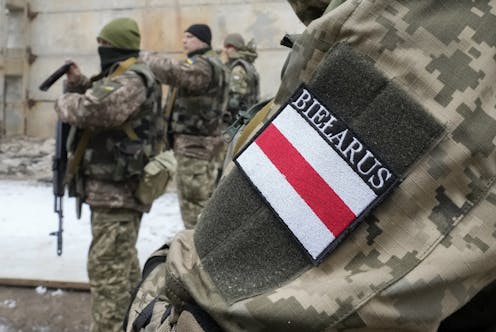
When Russia launched its invasion of Ukraine, one potential inroad was from the north, where Russian and Belarusian troops had been conducting an exercise called Allied Resolve.
Missiles fired from bases in Belarus caused extensive damage to the Ukrainian city of Chernihiv. Yet to date, no Belarusian troops have crossed the border into Ukraine and some Belarusian exiles are fighting alongside Ukrainians.
What is Belarus’ role in this conflict? Is it likely to be drawn in further? The West has sanctioned Belarus alongside Russia for the attack on Ukraine. Is this justified?
Lukashenko’s firm grip on power
Belarus has been under the rule of its president, Alexander Lukashenko, since 1994.
In 1999, Lukashenko and his Russian counterpart, Boris Yeltsin, ratified the Russia-Belarus Union. In theory, the union was one of equals.
For much of his rule, Lukashenko has undermined democracy by amending the Belarusian constitution, elevating the Russian language, controlling the media and manipulating elections. In 1999-2000, several of his key opponents were kidnapped and killed. Every presidential election after 2001 ended in brutal attacks on protesters.

For many years, Lukashenko benefited from cheap oil imports from Russia. The oil was refined and exported to Europe. The Russians eventually started to push for higher prices. They also purchased the main pipeline through Belarus in 2011.
In 2020, however, the situation changed. The COVID-19 pandemic devastated Belarus, but Lukashenko chose to ignore it. He dismissed it as a “psychosis” and advised residents to go the countryside and drink vodka or visit saunas.
In response, a grassroots network of self-help organizations developed, particularly in the larger cities.
Belarusian opposition to Lukashenko
In August 2020, Lukashenko ran for president for a sixth term, and for the first time he faced opponents from his own elite. Following past practices, security forces arrested two candidates, Viktar Babaryka and Siarhei Tsikhanouski, while the third — Valery Tsapkala — fled the country.
But their campaigns unified behind Tsikhanouski’s wife, Sviatlana Tsikhanouskaya.
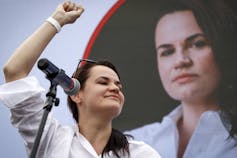
Her campaign ignited Belarus and attracted thousands of followers. When the head of the election commission announced in August 2020 that Lukashenko had won with more than 80 per cent of the vote, thousands of protesters poured into the streets to express their anger and frustration.
Read more: Belarus protests: why people have been taking to the streets – new data
Months of protests followed, embracing all sectors of society: women, the elderly, students and workers.
The regime responded with a brutal crackdown. Thousands fled the country; tens of thousands were arrested, tortured and placed in prisons and penal colonies.
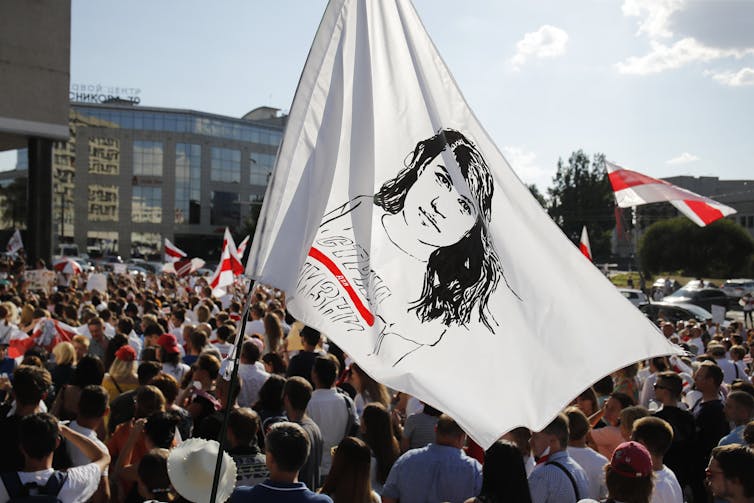
The protests were sustained by social media, especially on the Telegram channel Nexta. In April 2021, the authorities diverted a commercial Ryan Air flight from Athens to Vilnius to arrest one of the channel’s main operators, Raman Pratesevich.
Faced with sanctions from Europe, Lukashenko also created his own migrant crisis, encouraging refugees from Iraq, Syria and other countries to enter Belarus on short-term visas. When the visas expired, they were taken to the Polish border and abandoned. The Poles on the other side erected barbed wire fences to prevent their crossing.
Read more: Is the Belarus migrant crisis a 'new type of war'? A conflict expert explains
Putin as Lukashenko’s saviour
Lukashenko almost fell from power in 2020. He survived, aided by his brutal but loyal security forces. But his real saviour was Vladimir Putin.
Though their relationship was often fractious, they have in common their authoritarianism and ruthlessness. The Russia-Belarus union, finally, came to fruition.
But it came with harsh conditions attached. Belarus is losing its independence in decision-making, media and foreign policy. Lukashenko, a fierce operator, is reduced to a supplicant, travelling to Moscow to plea for loans or aid in dealing with protesters.
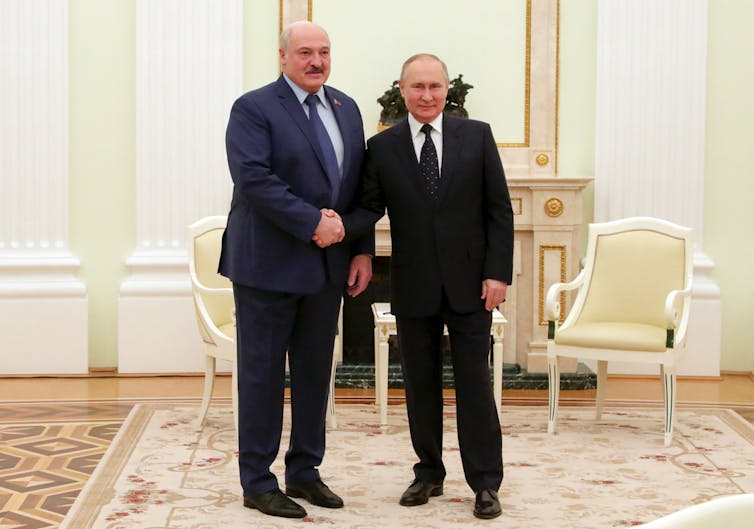
In February 2022, Lukashenko held a referendum on a new constitution for Belarus. Modelled closely on Russia’s, it reduces the power of parliament and creates a new body called the People’s Assembly.
Every four years, Russia and Belarus have held military exercises under the mantle of Operation Zapad (Operation West). But in February 2022, they held an impromptu exercise at Russia’s request. The designated areas for the exercises were expanded to locations close to the Ukraine border.
On Feb. 20, 2022 — ostensibly the final day of the exercises — the Russian troops remained in place. Four days later, they entered Ukraine, occupying the remains of the Chornobyl nuclear plant 10 kilometres to the south.
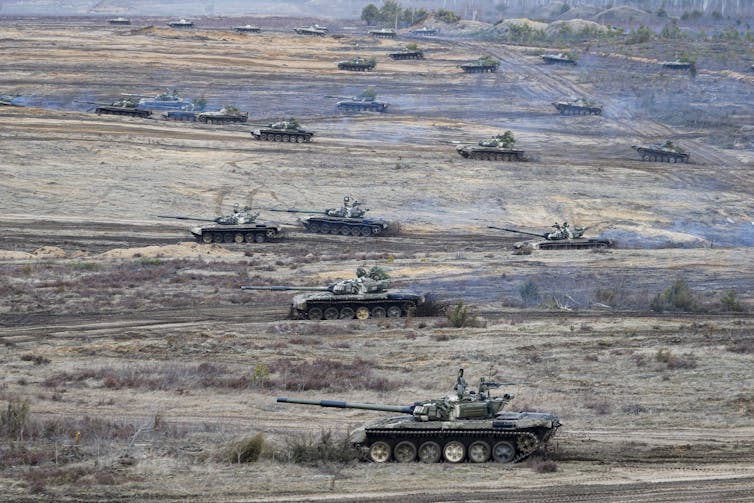
All of this highlights the conundrum of contemporary Belarus: its ruling regime is alienated from its people and bitterly despised, but it survives through the use of force and Russian support. The country is now being deployed as the base for a Russian invasion of a sovereign country.
Belarusians do not want this war, but their country is under occupation too. They should be regarded as the initial victims before the war escalated into the horror it has become in Ukraine.
David Roger Marples does not work for, consult, own shares in or receive funding from any company or organisation that would benefit from this article, and has disclosed no relevant affiliations beyond their academic appointment.
This article was originally published on The Conversation. Read the original article.







